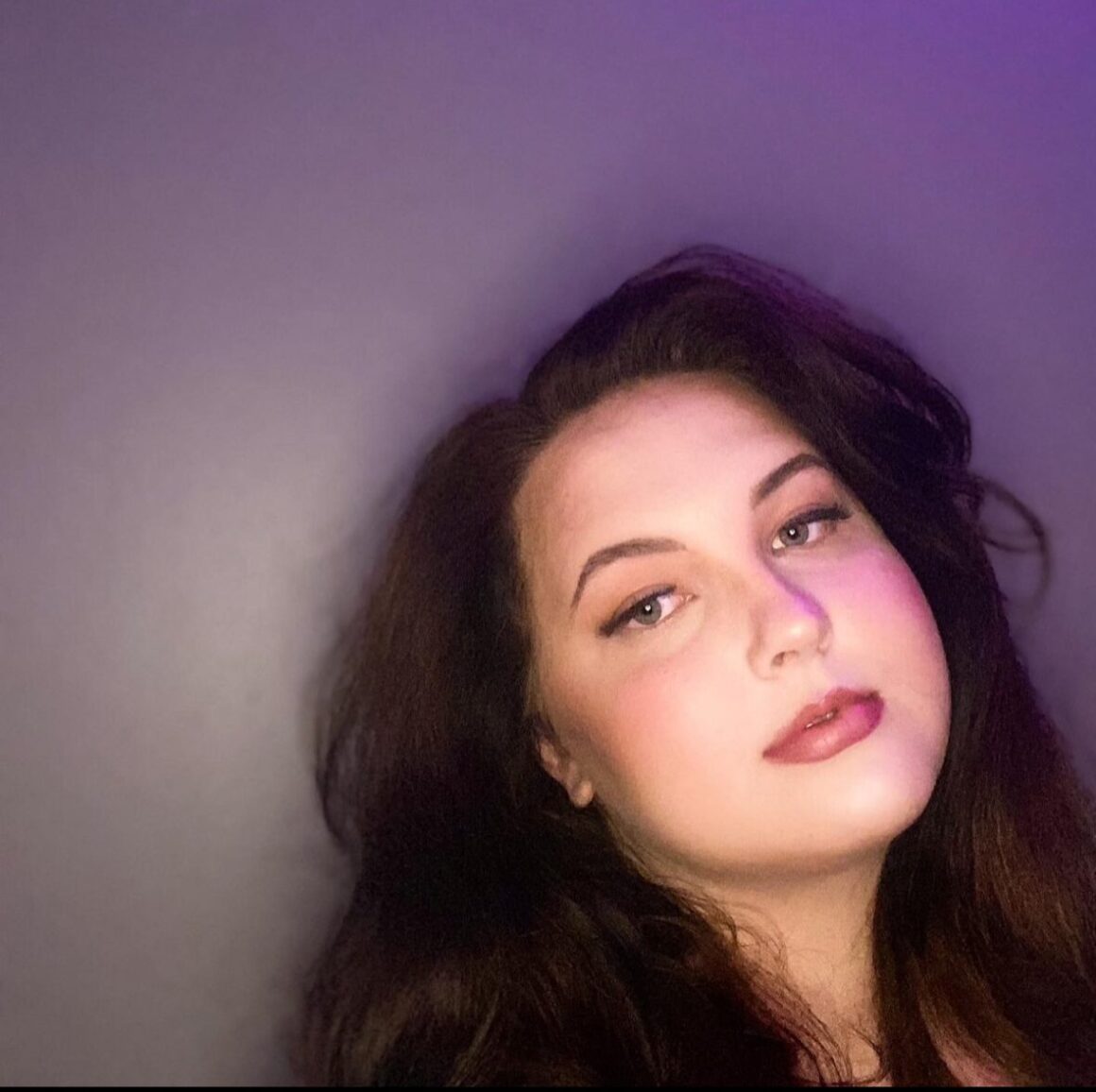Sydney Johnson is no stranger to Goochland Community Theatre. She’s directed before, having directed her own school projects at Old Dominion University, she directed the world premier of her and Dakota Jones’ original play “Portrait” back in 2023. We took the chance to ask her a few questions about her vision for Baby with the Bathwater. Look through her answers here.
What inspired you to choose this particular play/script for your upcoming production?
I have been a fan of Christopher Durang since my freshman year of high school. Laughing Wild was the first play I ever read all the way through, and the Tuna Fish monologue was the first Non-Shakespearean monologue I rehearsed, annotated, and analyzed in my bedroom. Dakota is one of my closest friends and he off hand mentioned adding Baby with the Bathwater to the shortlist for the 2023-2024 season. When he suggested it, I begged him to let me direct the show if it was selected. So while this was, in a way, selected for me, I have always dreamed of one day directing Durang’s work.
How do you plan to bring a fresh perspective to this well-known story or text?
I won’t lie, bringing a “fresh perspective” to a play that feels as modern as it does wasn’t as much of a concern to me. Yes there are plenty of dated references, but I feel that there is a sense of timelessness in the script. I believe that the timelessness comes from the fact that instead of a specific issue Durang is trying to tackle, he instead is trying to understand how terrifying both being a new parent and a helpless child in this world is. But my take on this script is to exaggerate their world to get to the truth of these characters.
Can you share any insights into your vision for the overall aesthetic or design of the production?
Absolutely! Bright colors. The vision was for a dreamy, uncanny feel that looks like an adult’s world through a child’s eyes. The world looks normal but is just a bit off.
What do you hope audiences will take away from experiencing this production?
Most importantly, I want them to laugh. I want people to see aspects of their own lives in this script. If there is anything to take away from this is that breaking a cycle is always possible; whether that is a bad habit, an addiction, or a trauma that has affected your family for every generation.
How do you approach the casting process for a production like this, and what qualities are you looking for in your actors?
I love the audition process. I love to hand my actors a script, let them look over it, and then play with it, it quickly turns into an acting workshop. Baby with the Bathwater was no different. When casting in general I look for a few things: 1, How in their body are they? If there is a major mind body disconnect, it can indicate a lack of confidence, spacial awareness, and even a lack of connection to the material. 2. Do they have strong instincts? When an actor is given a script to embody a character, they need to make choices. These choices consist of vocal inflections, movement, and timing that bring a character to life. An actor who is able to make a choice and commit to it for the duration of a scene gives me something to work with as a director. Oftentimes, I’m inspired by what my actors do and that allows me to craft the scene around their choices. 3. Are they able to take direction? As a director, I will ask an actor to do something off the wall often but it works. I need actors who are able to trust that there is a method to the madness.
Are there any specific themes or messages within the play that you’re particularly focusing on highlighting or exploring?
From the beginning, I told the actors that no matter how silly or absurd a line of dialogue is, their character means every word of it. I think that particular direction allows for the audience to see the truth of each character.
Can you tell us about any unique challenges or opportunities you’ve encountered during the rehearsal process?
Surprisingly, this process has been nearly challenge free! The opportunities though, they came multiple times per rehearsal as each cast member possesses incredible instincts. Most of the movement you see on stage was first thought of by my actors, and I just shaped it to create the image for the audience and make sure everything was smooth and coherent. They all made fantastic choices, and I loved being able to not know what they were going to do next.
How do you balance staying true to the original intentions of the playwright while also infusing your own creative interpretations?
My job, first and foremost, is to tell the story. And truth be told, I just read the script and find clues in there to guide my choices. Fortunately, Durang’s script allows for a great deal of silliness in every and any moment; I’ve found, in this process, there was no such thing as too much. Little funfact, in the actors edition of the script that you get when you purchase the rights, Durang has notes in the back for his intentions with each scene. It wasn’t until we blocked our second scene that Payton (Helen) pointed this out to me and she said “Sydney, your Durang meter is off the charts.” I then promised that I wouldn’t read each note until after we had blocked the corresponding scene, but it was nice to know I was right.
What kind of collaborative relationship do you have with your production team, and how does that influence the final outcome?
So, I got to design my own lights and sound — that was a nightmare as I am uncooperative. Kevin, who is a genius with technical theatre, helped bring my lighting to life as he programmed my cues for me. I would just ask him for a certain color, saturation, and brightness, and he would make it happen. It’s always a pleasure working with him. Speaking of pleasure to work with, Deb Loving designed the set. Dakota kind of filled her in on some ideas we had, and when she and I spoke all I could say was “playful and colorful, like a child’s playroom”. And she created the most beautiful set I could have ever imagined for this show. I sobbed when I saw it put together. She is truly a blessing. Sara Brown is our genius costume designer. She too asked early on what I was thinking, and I told her “Rex and Bree Van De Camp from Desperate Housewives” and she took it and ran with it. Every piece was carefully picked by her, and I believe anyone and everyone will be able to see the care she put into it.
Are there any specific moments or scenes in the production that you’re particularly excited for audiences to see, and if so, why?
All of it, truth be told. But my favorite scene is Act 2 Scene 5, Daisy’s birthday party. It’s silly, and also has several beautiful moments from the characters.

